

Joy
of Visual Perception
http://www.yorku.ca/eye/thejoy1.htm
Molecular
Expressions Microscopy Primer Light and Color
http://www.micro.magnet.fsu.edu/primer/lightandcolor
Light speed: 186, 000 miles per second
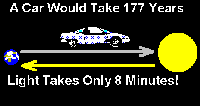
Isaac
Newton's Prism Experiment
http://www.yorku.ca/eye/newton.htm

Electromagnetic
Spectrum
http://www.yorku.ca/eye/spectru.htm
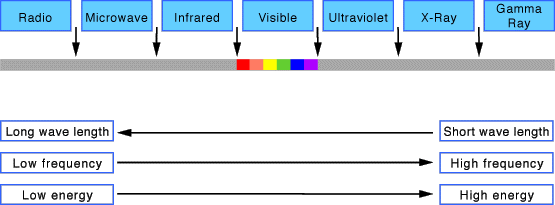
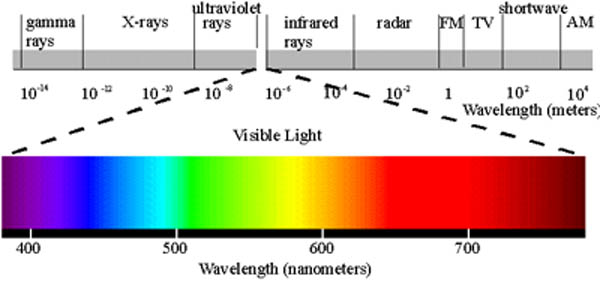
VIB G. YOR
(ROY G. BIV)
How We See Color

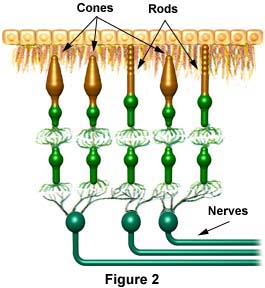
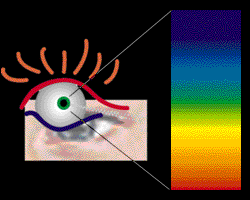
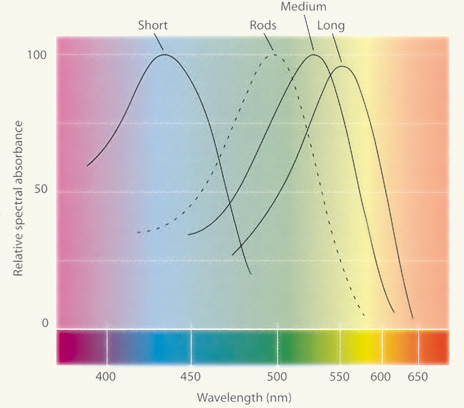
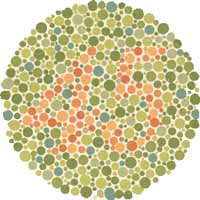
The rods in our eyes perceive contrast, so highlights and
shadows are always relative values.
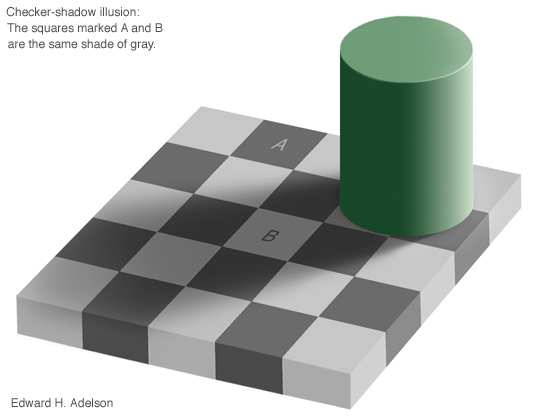
Here's Proof
Even though all lighting sources may be considered white light, the temperature of the source can be viewed as different colors.
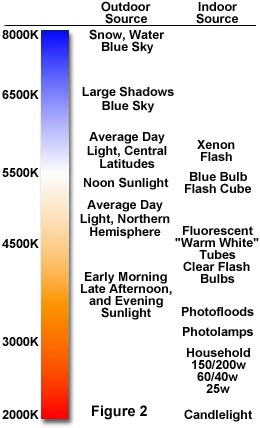
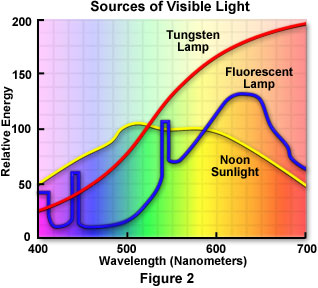
Additive color mixing involves multiple sources of light with different colors in each source.

Primaries of
Light
http://www.yorku.ca/eye/3color.htm
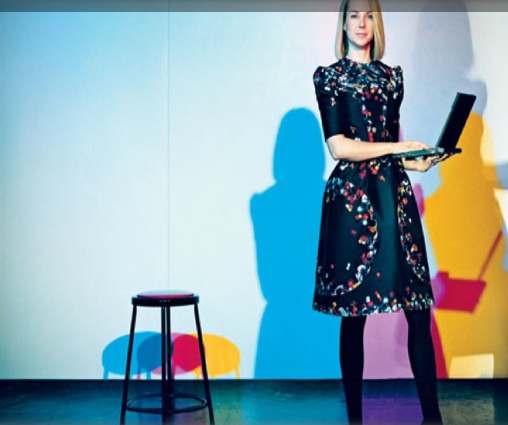
Subtractive color mixing involves a single
source of light with different colors absorbing various wavelengths of the color
spectrum.
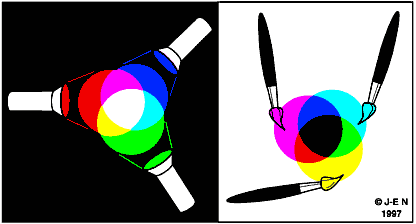
Courtesy of Jan-Eric Nyström, Helsinki, Finland and The
American WideScreen Museum, Houston, Texas
Additive
and Subtractive Color Mixing Further Explained
http://www.widescreenmuseum.com/oldcolor/additive-subtractive.htm
Comparison of Additive and Subtractive Primay Colors
Secondary colors of one system serve as the primary colors for the other.
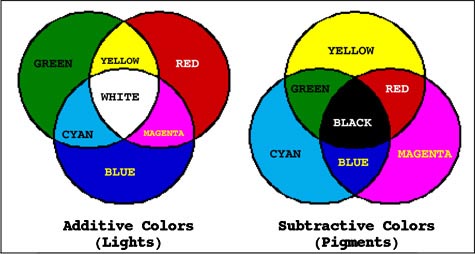
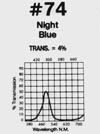 |
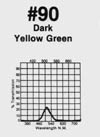 |
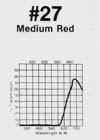 |
Reading the Spectral Energy Distribution (SED) Curve
Experiment with Color Spectrums
Selective Reflection vs Selective Transmission
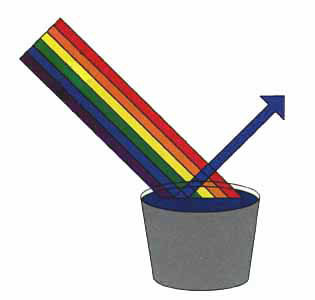 |
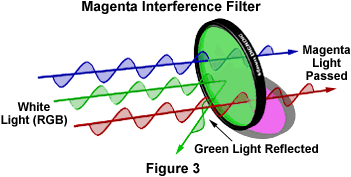 |
| Subtractive Color Mixing with Pigment | Subtractive Color Mixing with Color Filters |
Combining Colored Light with Colored Pigments
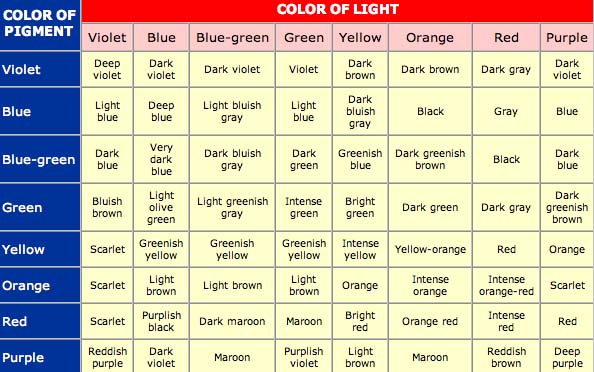
 |
 |
 |
Complimentary Color Mixing
Color Mixing for the Stage
Warm Color
Rx 01 - Light Bastard Amber
Cool Color
Rx 63 - Pale Blue
Neutral Color
Rx 51 - Surprise Pink
Color MixingFrom Color in Light
by Larry Wild
Make
a Splash with Color
http://sizzle.thetech.org/exhibits/online/color/
Color
Vision & Art
http://webexhibits.org/colorart/anuszkiewicz.html
Subtractive
Color Mixing
http://www.yorku.ca/eye/colormx3.htm
Additive
Color Mixing Java Demonstration
http://javaboutique.internet.com/ColorFinder/
Color
Science
http://www.physics.sfasu.edu/astro/color.html
Swatchbook Ballet
http://www.youtube.com/watch?v=XU6ehBSyd1Q